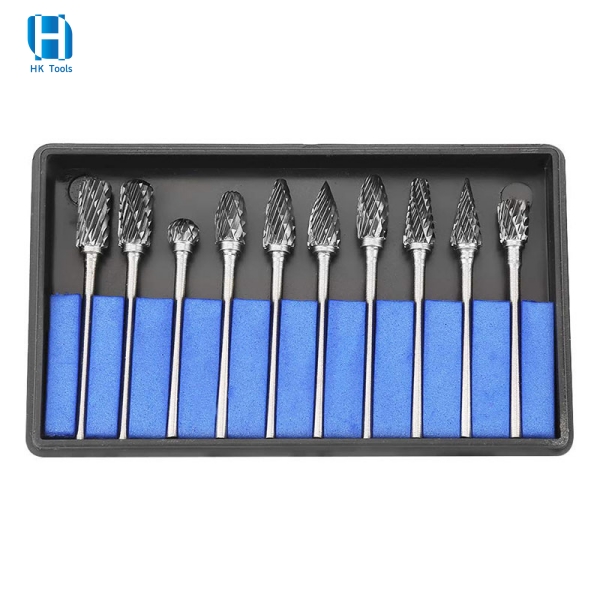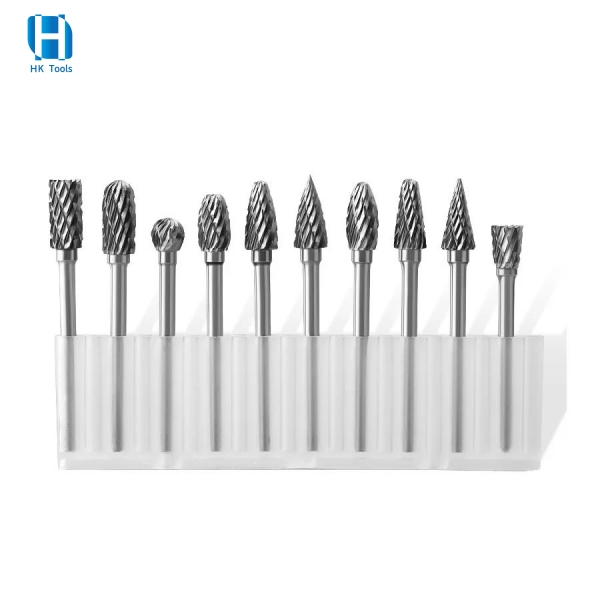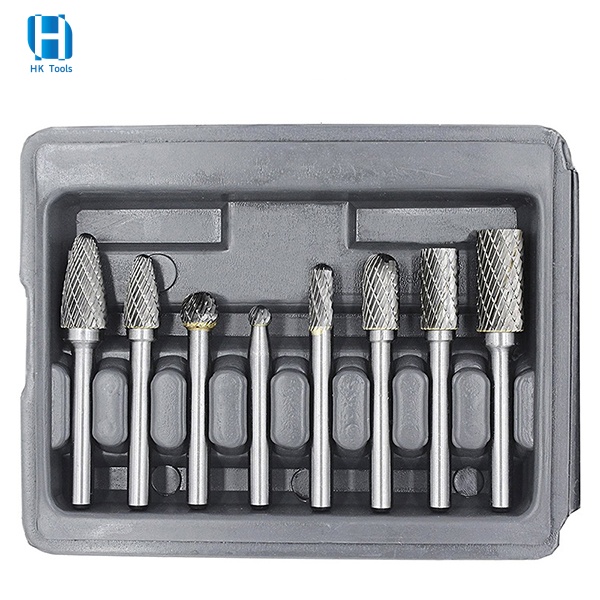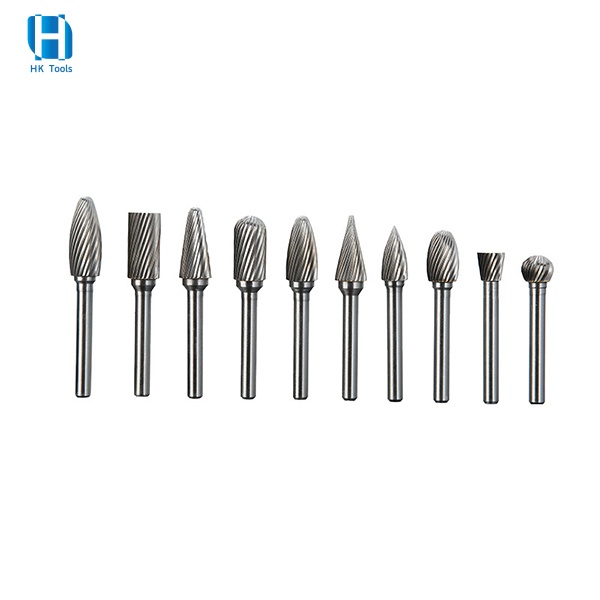How To Use Tungsten Carbide Burrs
Carbide rotary burrs, also known as rotary files or die grinder bits, are used for shaping, grinding, and removing burrs, burs, and sharp edges from materials. The most frequent uses of carbide burs are to excavate and prepare cavities, finish cavity walls, complete restoration surfaces, drill old fillings, finish crown preparations, shape bone, remove impacted teeth, and separate crowns and bridges. Their heads and shanks identify burs made of carbide. Which kind of shank is required depends on the sort of workpiece being utilized. The sort of cutting design or head shape used depends on the process to be carried out.
Now that you know different carbide rotary burrs and their applications let’s understand how to use a carbide rotary burr. You cannot pick any random burr and start using it to perform a specific task.
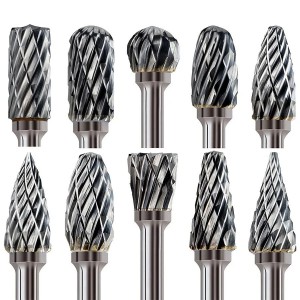
■Choose the shape
Whether you are a maker or a DIY expert, you will almost certainly need burrs of different shapes for various tasks. The best place to start is by purchasing a set of burrs. These sets usually consist of 5, 8, 10 or even more burrs. You can choose the right burr for your job by browsing through the different products and choosing the right one.
■Choose the size
Have you found the right burr shape for your project? I'm glad you succeeded. In order for your tool and burr to work together, you must now choose the right burr size for your tool. When searching for burrs, you should choose burrs with larger heads to guarantee good performance. Machines are usually more efficient than you are, so having them do your job faster will save you a lot of time.
■Assembly
To determine the concentricity or coaxiality of a machine, check its corresponding burr with a chuck. It prevents shocks and shaking and makes the equipment more reliable. In addition to the gripping position, always pay attention to the safe operation of the machine. Generally, the length of the burr should not be too long or too short. You should make sure that it is at least two-thirds of the entire length of the limb.
■Correct direction
In addition to the length of the limb, the direction in which you move the instrument will also affect its efficiency. To avoid mistakes when performing tasks like deburring, you should try to move the burr head in a specific direction, right to left, or left to right. At the same time, you should not move the burr head back and forth as much as possible. Otherwise, you may experience rashes, abrasions and cracks in the skin.
■Use Lubrication
When dealing with highly viscous or soft materials, using lubricating oil or grease is essential. Blockages can sometimes make the burr stop working after a while. In these cases, the best solution to get the burr back in working order is to ensure adequate lubrication.
■Pressure
To use carbide rotary burrs properly, it is important to apply steady and consistent pressure. If a lot of pressure is used, it usually leads to a situation where heat cannot be easily dissipated. Welded joints may also crack and break.
■Speed
Last but not least, you need to run the tool at a steady speed if you want to be successful. If you want to achieve higher levels of cutting and the best quality, you must ensure that you monitor the RPM carefully. You must keep the speed of the tool within an acceptable range and start using it as soon as possible.
Post time: Nov-14-2024





